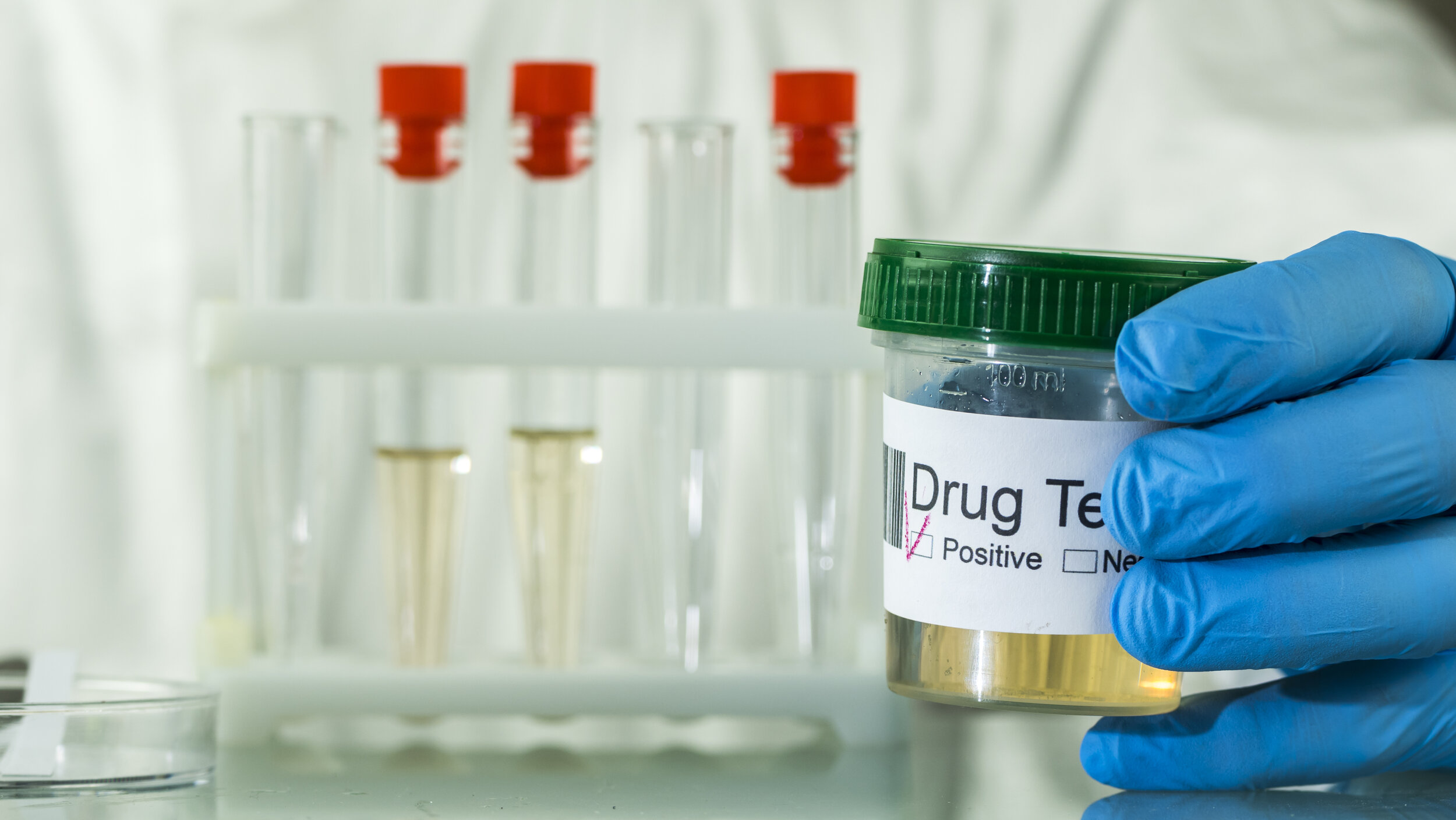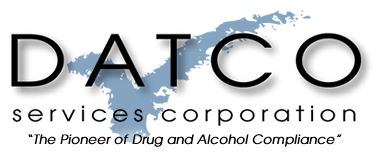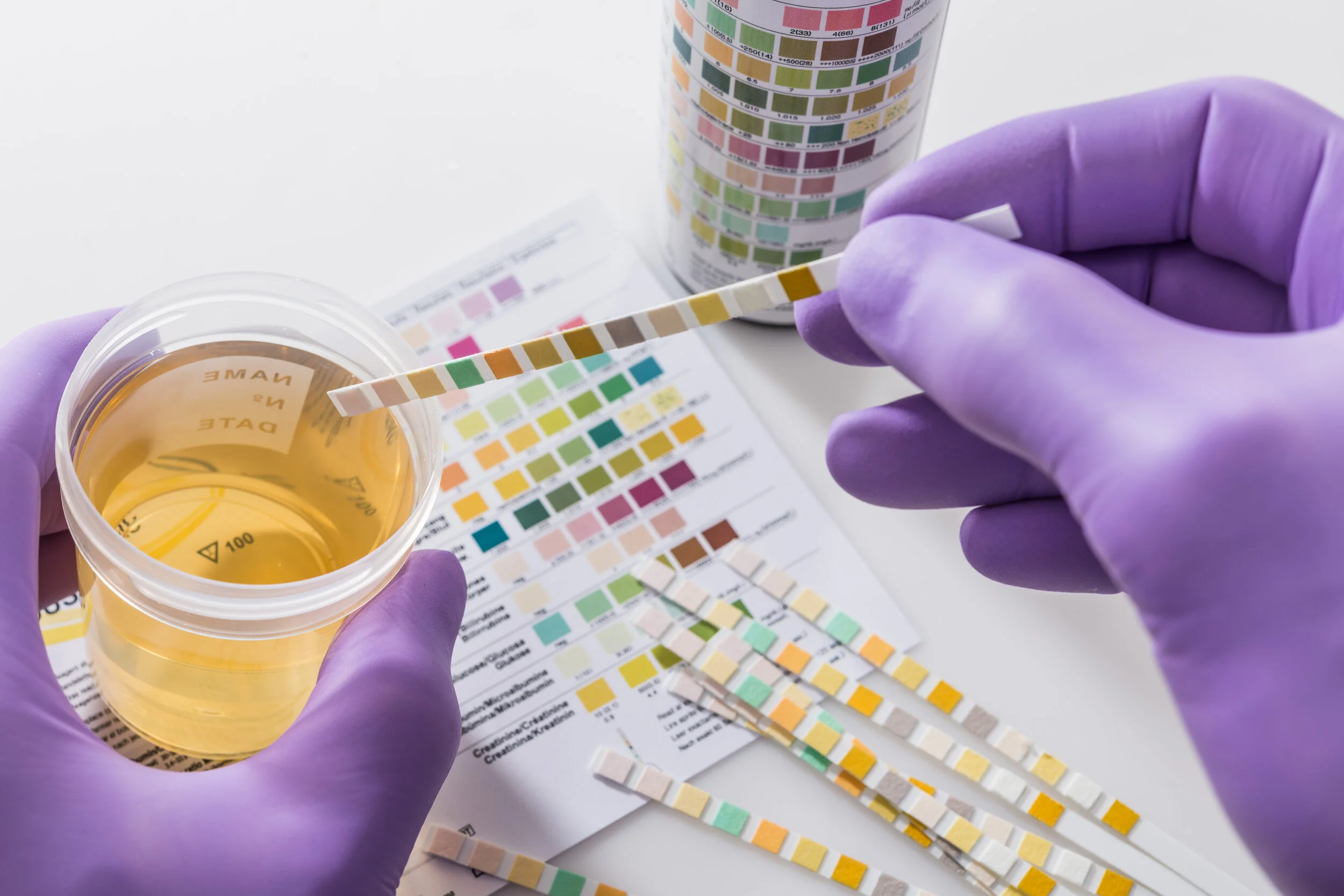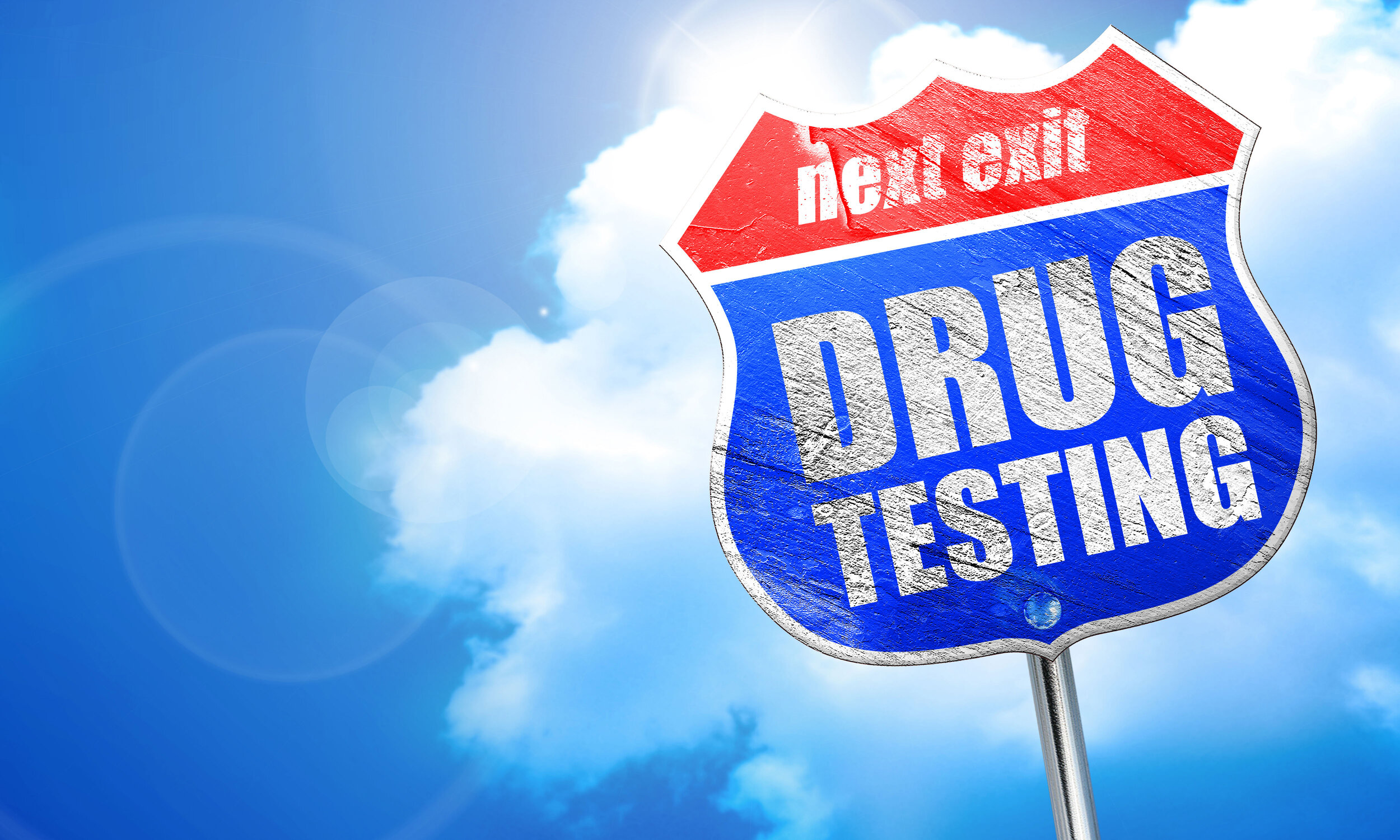U.S. Coast Guard Sets 2021 Minimum Random Drug Testing Rate
The Coast Guard has set its 2021 minimum random drug testing rate at 50%.
Positive results have crossed the 1% threshold for the third year in a row, and for the past six years, the rate had been set at 25%.
The testing rate had been lowered to 25% in 2013 as there were two years of results below 1%, but the rate of positive drug tests among all U.S. workers hit a 16-year high in 2019. Positivity rates climbed to 4.5%, which was the greatest since 2003 and more than 28% higher than the 30-year low of 3.5% between 2010 and 2012.
What does this mean for employers?
Employers must submit test data for each calendar year by mid-March of the following year. Since 2018, mariners in safety-sensitive positions have been tested for semi-synthetic opioids in addition to marijuana, cocaine, amphetamines, phencyclidine (PCP), and opiates such as heroin.
Prompted by a growing national epidemic, the U.S. Department of Transportation in early 2018 added to its test list hydrocodone, hydromorphone, oxymorphone, and oxycodone, which the Coast Guard describes as the most common prescription drugs of abuse. Common names for these opioids include OxyContin, Percodan, Percocet, Vicodin, Lortab, Norco, Dilaudid and Exalgo.
Mariners who test positive for opioids have to provide a valid prescription to their medical review officer. If there’s a legitimate medical explanation, the employer will get a negative report. If not, the examiner will report a positive result, and the employer must take the mariner off safety-sensitive duties and notify the Coast Guard.
DATCO provides DOT drug and alcohol testing throughout the United States to help your company meet compliance quickly. For more information, click here.
Other articles you might enjoy:




















